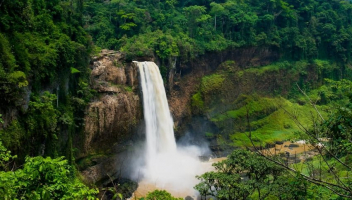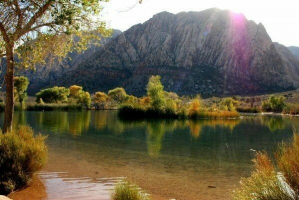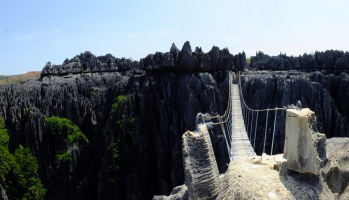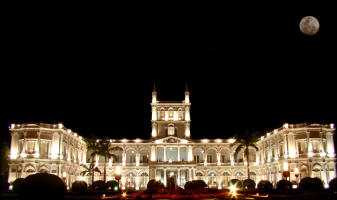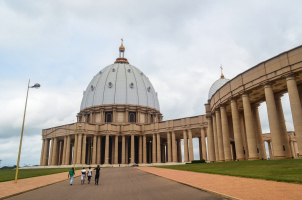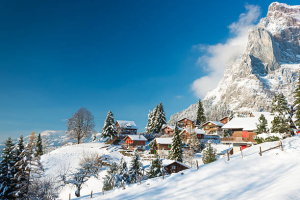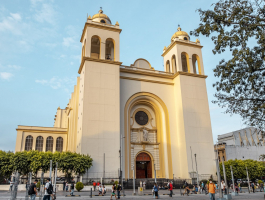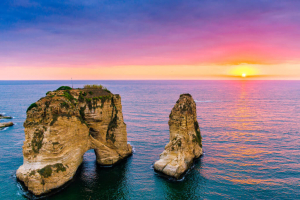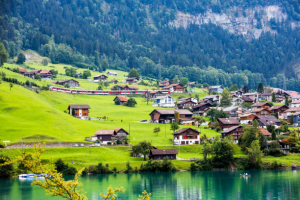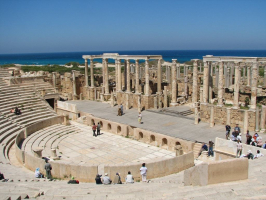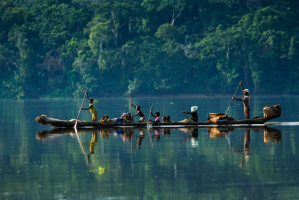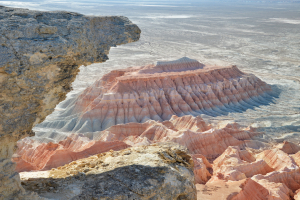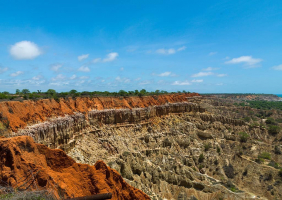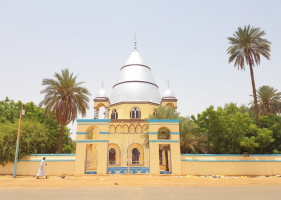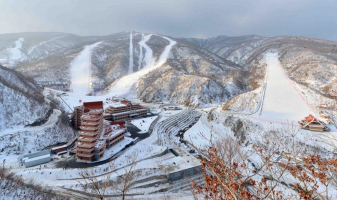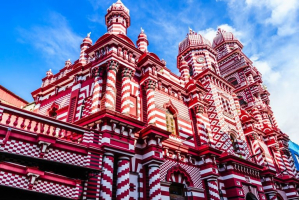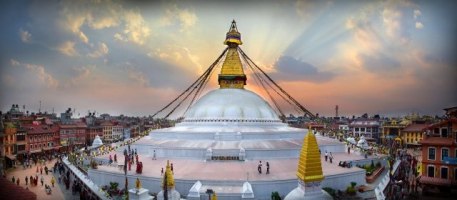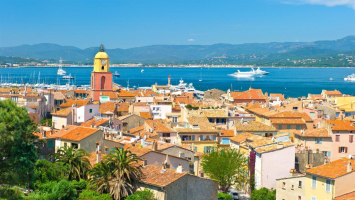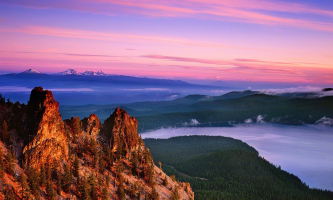Top 10 Best Places to Visit in Honduras
Honduras, located in the heart of Central America and famous for its banana and pineapple plantations, is an ideal destination for everyone from those ... read more...searching for a long weekend to full-time tourists and digital nomads looking for a place to stay. This is a list of the best locations to visit in Honduras.
-
Roatán is the most populous and developed of the Bay Islands. It was formerly a well-kept secret, but now it is a cruise ship port and a popular vacation destination, particularly for enthusiastic divers and snorkelers. A steep spine runs through the island's center, and growing coral reefs line its coastlines, providing excellent diving and deep-sea fishing opportunities.
Top tourist attractions include the Roatán Institute of Marine Sciences with its popular dolphin encounters, and the Carambola Gardens, a favorite with nature lovers. The small community of Sandy Bay is the cultural center of Roatán; it's packed on cruise ship days. You can also soar through the jungle on an exhilarating zipline to meet colorful macaws and take in a dose of Honduran culture. Other top attractions include the Blue Harbor Tropical Arboretum and the Butterfly Gardens.
French Harbour is Roatán's largest fishing port and the island's economic engine. Arch's Iguana and Marine Park is a prominent attraction in the area.
Location: Roatán, Honduras
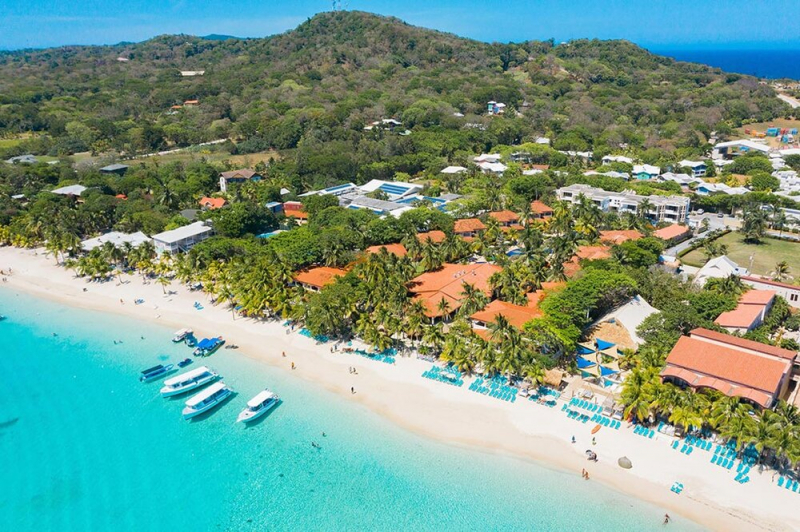
Roatán, Bay Islands (photo: https://www.scubashacknashville.com/) 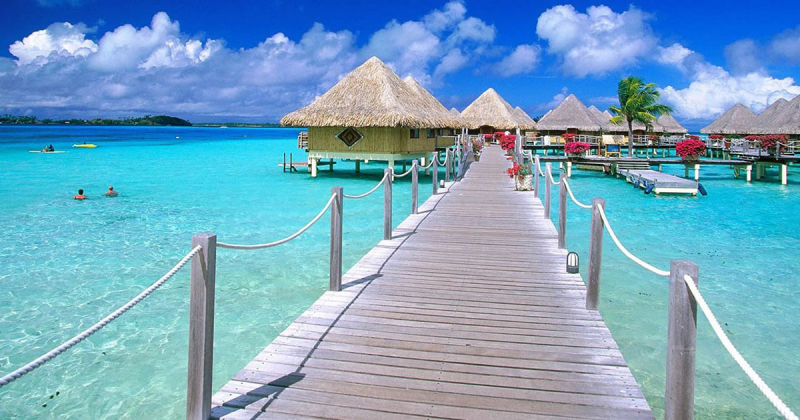
Roatán, Bay Islands (photo: https://www.google.com/) -
Copán Ruins Archeological Site (Copán Ruinas Sitio Arqueológico) is a UNESCO World Heritage Site and the most studied Maya city in the world. The culture that lived here for about 2,000 years was highly stratified, deeply symbolic, and centered on tradition.
There's a lot to like about this place. The site is noteworthy for the stelae and altars that are dispersed across the vast plaza, the majority of which were built between 711 and 736. Other highlights include the ball court, the Hieroglyphic Stairway, a one-of-a-kind temple that houses the longest known Mayan text, and the Acropolis, which features excellently carved reliefs of Copán's 16 kings.
Las Sepulturas archaeological site, located about 1.6 kilometers from the central acropolis, is part of the "PAC" (Proyecto Arqueológico Copán) and provides vital insight into how the Mayan elite lived before Copán's fall. Keep a watch out for the beautiful scarlet macaws flying among the ruins as you explore the site.After touring the ruins, don't miss the Museum of Mayan Sculpture, which displays impressive artifacts recovered from the site. Many visitors also like to stroll along the well-signed nature trails, where birds and butterflies dart among the thick foliage.
Location: Copán Ruinas, Copán Department, Honduras
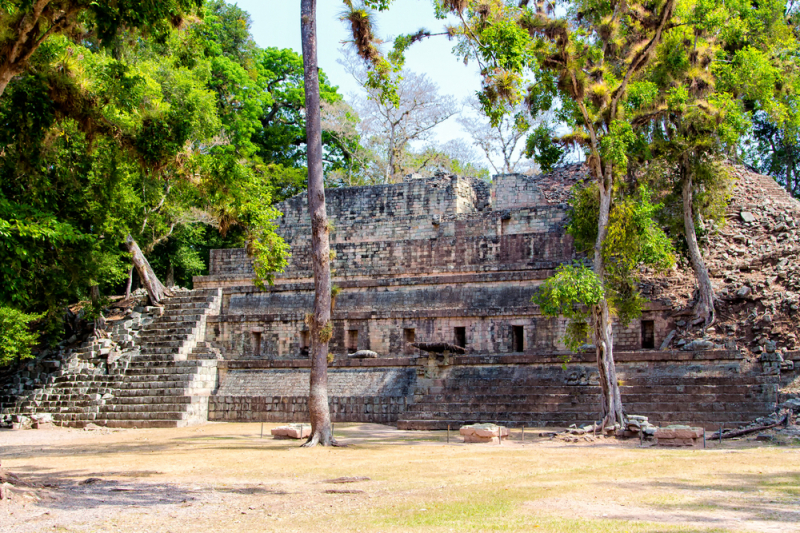
Copán Ruins Archeological Site (photo: https://www.chimuadventures.com/) 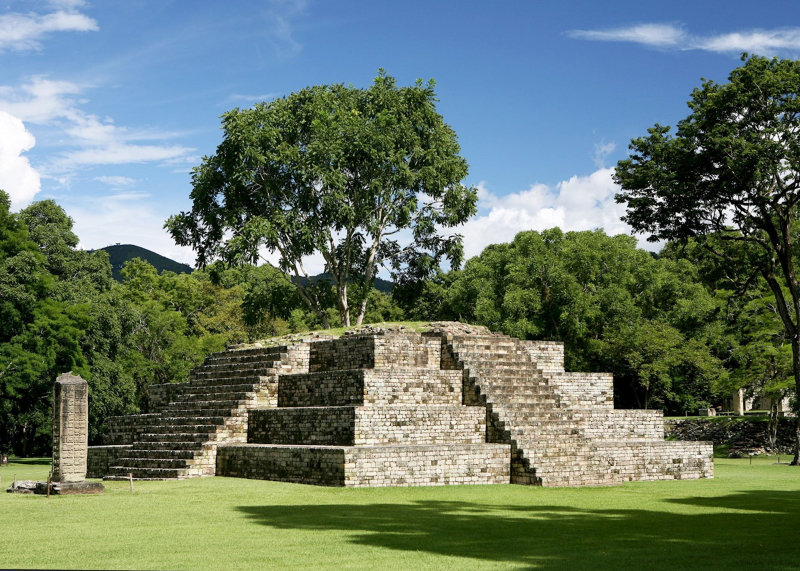
Copán Ruins Archeological Site (photo: https://www.audleytravel.com/) -
Utila is the most affordable of the Bay Islands, located about 32 kilometers west of Roatán's west shore. Backpackers flock to this little, 13-kilometer-long island, and many people come for low-cost diving trips.
Utila Town, which presides over an arching bay, is the principal hamlet, where people compete fiercely in domino games while tourist shops and dive facilities line the streets. Make time to sample fresh seafood and traditional Honduran cuisine at one of the area's hip waterfront restaurants.
Apart from diving, most guests spend their time relaxing on the two slivers of beach, snorkeling in the lagoon, zipping out to a smattering of cays off the island's southwest shore, and taking up the rustic tropical ambiance. At the Iguana Research & Breeding Station, you may also get up and personal with some of the island's species.
Dive operators often provide the opportunity to dive or swim with whale sharks. These gentle giants are commonly sighted in the waters surrounding the island, particularly between March and April and August and September.Location: Utila, Honduras
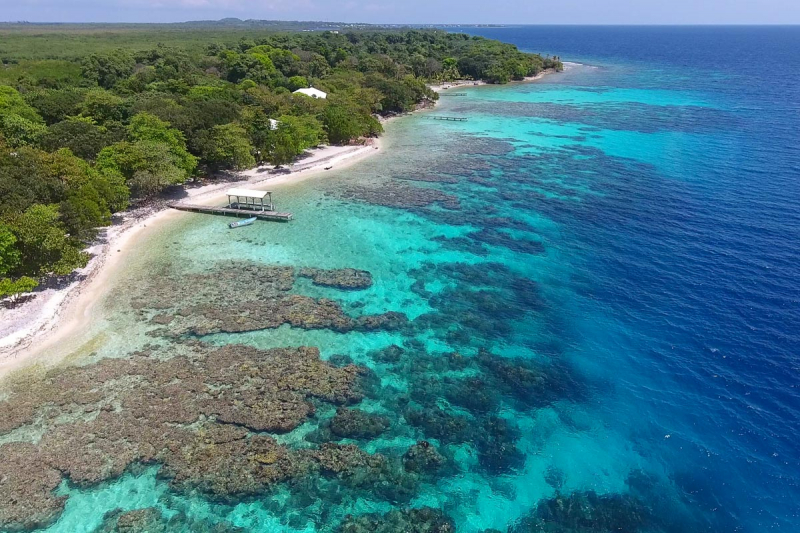
Utila, Bay Islands (photo: https://www.zubludiving.com/) 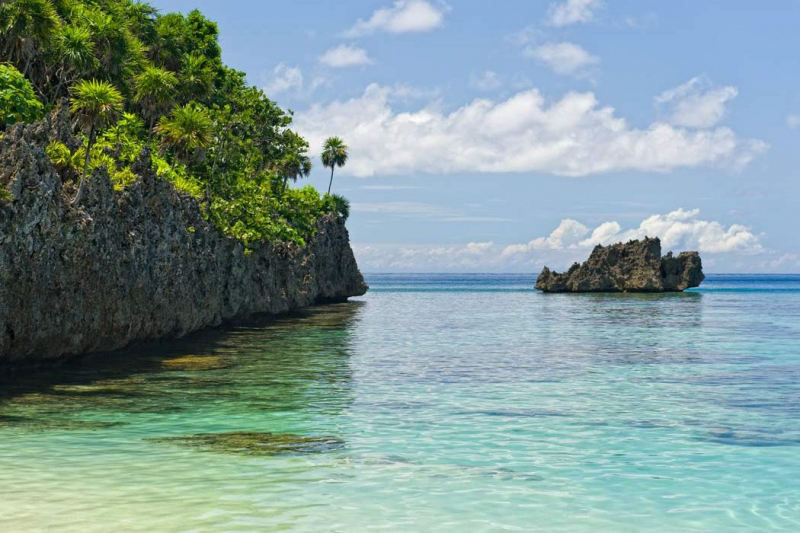
Utila, Bay Islands (photo: https://dtmag.com/) -
The Roatán Institute for Marine Sciences, located on Roatan's northwest coast, is a great location for marine research, with an abundance of marine life, barrier reefs, mangroves, and seagrass beds. The proprietors of Anthony's Key Resort formed them in 1989. The Institute's mission is to educate and research to conserve Roatan's natural riches.
The Roatán Institute of Marine Sciences provides an outstanding dolphin experience. The best part is that it takes place in a natural lagoon, where the dolphins are allowed to swim around in a broad area like they would in the wild. In addition, the facility teaches locals and visitors about the marine environment.
Animal enthusiasts can swim and snorkel with the dolphins, play basic games with them, take a dolphin specialization course, or go on a dolphin dive. Aspiring marine biologists can also participate in the "Dolphin Trainer for a Day" program, where they will put on their dolphin display for their proud parents at the conclusion.
Location: Sandy Bay Roatan, Sandy Bay, Honduras
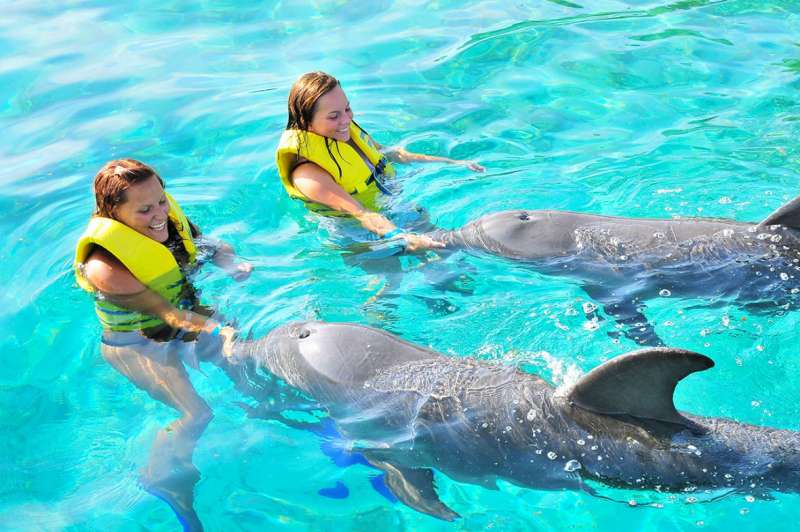
Dolphin Encounter, Roatán Institute for Marine Sciences (photo: https://anthonyskey.com/) 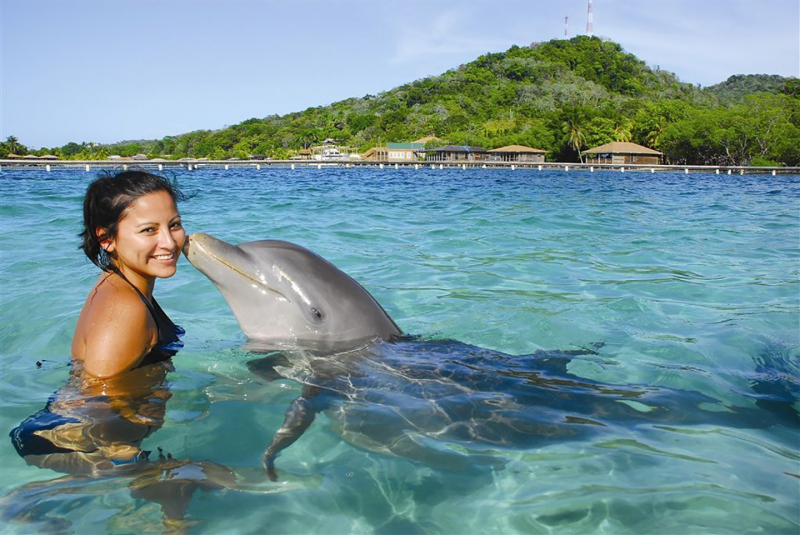
Dolphin Encounter, Roatán Institute for Marine Sciences (photo: https://catracity.com/) -
The excellent Museum of Mayan Sculpture at the Copán Ruins Archeological Site is a must-see for any visitor to the ruins. It exhibits many original sculptures, stelae, and altars recovered from the site. . The museum, on the other hand, houses the best original Copán Mayan sculpture and architecture, and it should be an essential component of any visit to the UNESCO World Heritage site.
The US$7 admission price is well worth seeing approximately 60 exhibits with over 3,000 pieces of art, six rebuilt structures, and some of the most important stele from the surrounding archaeological site.
The Museum of Mayan Sculpture, which tunnels beneath a hillside before emerging out into a wide sunny open space, is best experienced after viewing the ruins to understand where the objects on display originated. The full-sized reproduction of the exquisite Rosalila Temple discovered completely understructure 16 in the acropolis, is unquestionably the masterpiece here.
Location: Copán, Honduras
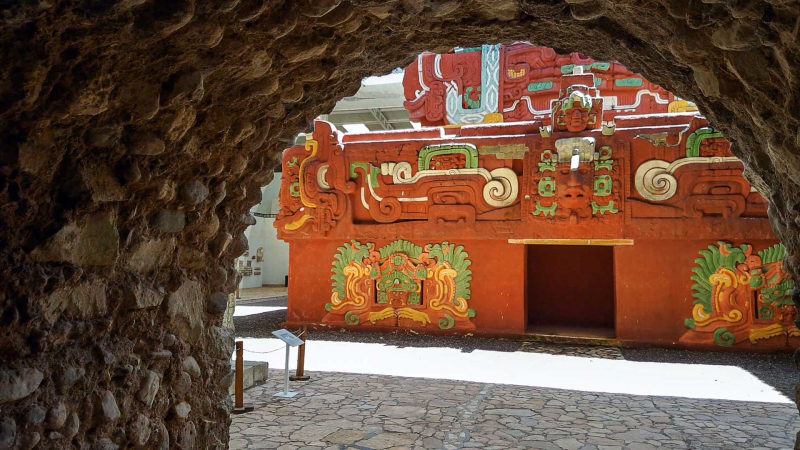
Museum of Mayan Sculpture, Copán (photo: http://asociacioncopan.org/) 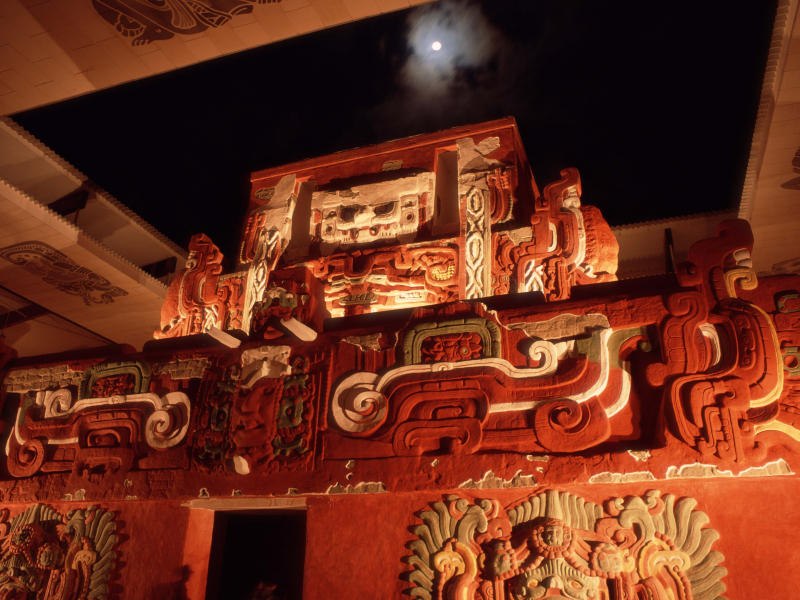
Museum of Mayan Sculpture, Copán (photo: https://www.lavilladesoledad.com/) -
La Tigra National Park (Parque Nacional La Tigra), about 20 kilometers from Tegucigalpa, is one of the most beautiful sites to visit in Honduras. This pristine park, perched at an elevation of 2,270 meters, protects a rich cloud forest that is home to ocelots, pumas, and monkeys, though sightings of these larger species are uncommon.
This is one of Honduras' most visited parks, and it provides a glimpse of how the area appeared before logging claimed much of the surrounding forests. La Tigra National Par is also a haven for birds, with over 200 species passing through, including toucans, trogons, and the elusive quetzal. Hiking pathways wind through the dense forest, where bromeliads and orchids thrive.
Visit the La Tigra National Park's visitor's center at each entry for maps and park information, as well as to pay the admission cost. Guides can also be scheduled through this office.
Location: Francisco Morazán Department, Honduras
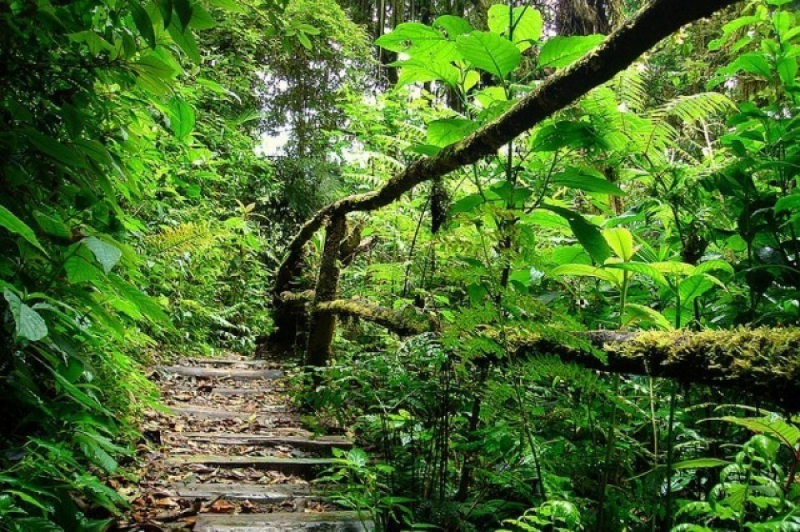
La Tigra National Park (photo: https://www.projectexpedition.com/) 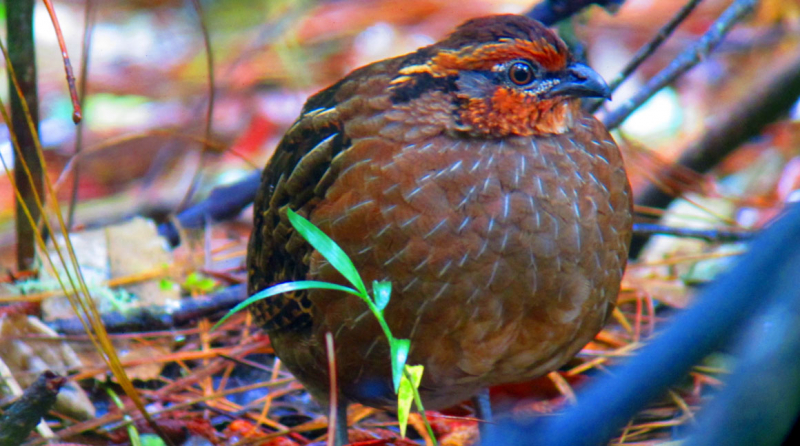
La Tigra National Park (photo: http://honduranbirds.com/) -
Lake Yojoa (Lago de Yojoa) is the largest natural lake in Honduras, with an area of 79 square kilometers. It was discovered in a hollow created by volcanoes a long time ago. The lake's strategic placement along the highway between San Pedro Sula and Tegucigalpa makes access to the lake simple, and it is thus a famous tourist attraction in Honduras.
You can explore this shallow lake from the shore or glide through the reeds in a canoe or kayak. The lake is surrounded by two mountain national parks: Santa Barbara National Park on the northern side and Cerro Azul Meambar National Park on the southern bank.
Lake Yojoa is a convenient stop for visitors going between Honduras' two main cities. Many people, particularly birders, visit the lake. Around 480 bird species have been observed here, including whistling ducks, northern jacanas, and cranes.
Aside from birdwatching and fishing, Lake Yojoa has a lot to offer. Tourists may also enjoy swimming in the surrounding hot springs, trekking along the coast, discovering the subterranean cave system, hiking up to the spectacular waterfalls, and viewing the nearby coffee plantations.Location: Honduran Highlands, Honduras
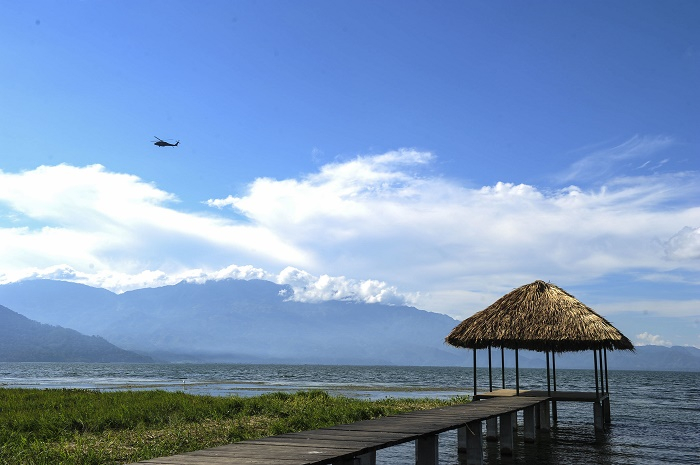
Lake Yojoa (Lago de Yojoa) (photo: http://www.alluringworld.com/) 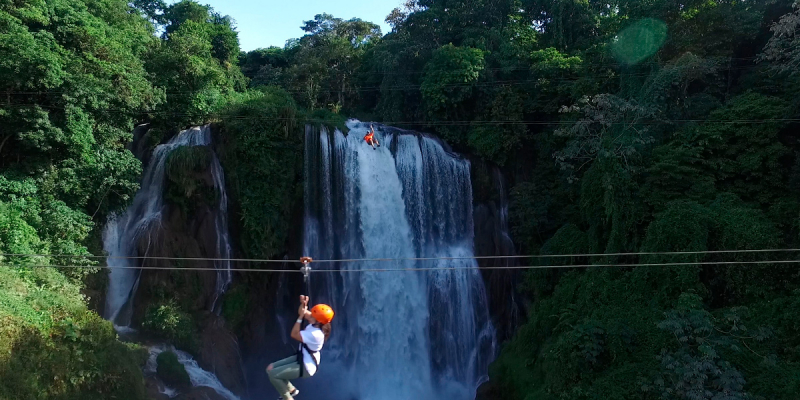
Lake Yojoa (Lago de Yojoa) (photo: https://www.visitcentroamerica.com/) -
This spectacular wilderness area, formerly known as Punta Sal National Park, is now named after environmental campaigner Jeannette Kawas, who campaigned tirelessly to preserve its unique ecosystems during her lifetime.
The Punta Sal National Park runs along a peninsula at the western end of the Bay of Tela and is home to a variety of habitats, including tropical jungle, mangroves, and wetlands, as well as beautiful beaches and coral reefs.
Wildlife is abundant, including several uncommon species. Visitors may see dolphins, howler monkeys, and a wide range of tropical birds such as toucans, quetzals, and motmots. The Micos Lagoon boasts the most bird species in the area, with up to 350 different kinds.
Day trips to the park are available from Tela and often involve a stroll across the peninsula to a beautiful beach, swimming, snorkeling, or diving, and an optional visit to the traditional Garifuna town of Miami, which is situated on a magnificent beach and lagoon.
Location: Tela, Honduras
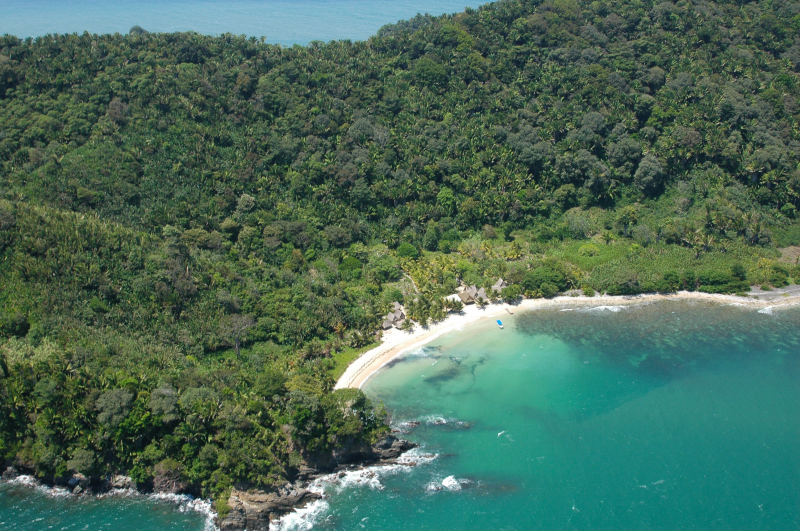
Parque Nacional Jeanette Kawas (photo: https://www.pinterest.com/) 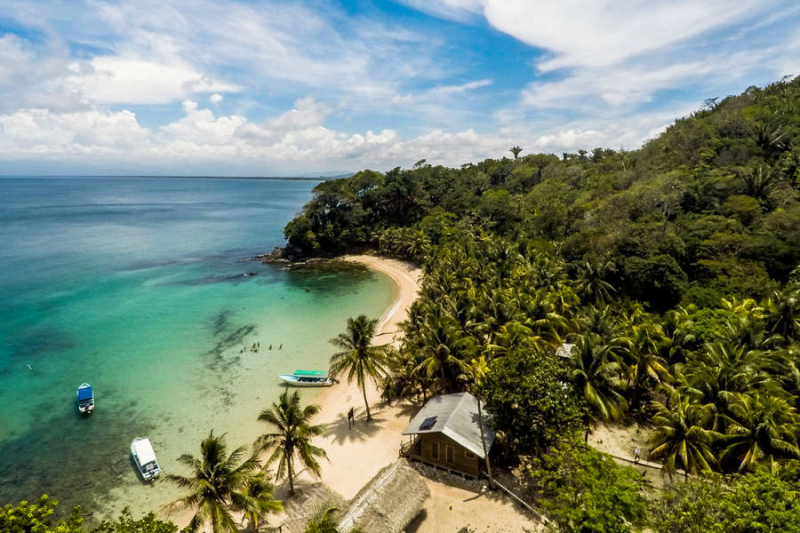
Parque Nacional Jeanette Kawas (photo: https://www.thrillist.com) -
Cayos Cochinos, commonly known as Hog Islands, is a series of privately owned islands, atolls, and coral reefs located just 17 kilometers off the coast of Honduras. It is made up of two main islands plus several smaller cays.
Since 1994, the two islands and the coral reefs that surround them have been designated as a Marine Biological Reserve. Because of their remote location and difficult access, they have remained pristine. Cayos Cochinos is not the easiest site to visit in Honduras, but on a sunny day, it is definitely worth the effort.
These beautiful islands have no roads or automobiles. They can only be reached by boat from La Ceiba, Roatan, or Utila. This classic tropical sanctuary offers a tranquil haven for visitors who want to appreciate Honduras' natural beauty without being bothered by crowds.
For tourists, there are several options for snorkeling, diving, swimming, and even some birdwatching. The majority of Cayos Cochinos day tours depart from Nueva Armenia, which is about an hour east of La Ceiba.Location: Cayos Cochinos, Honduras

Cayos Cochinos (photo: https://visitatlantida.com/) 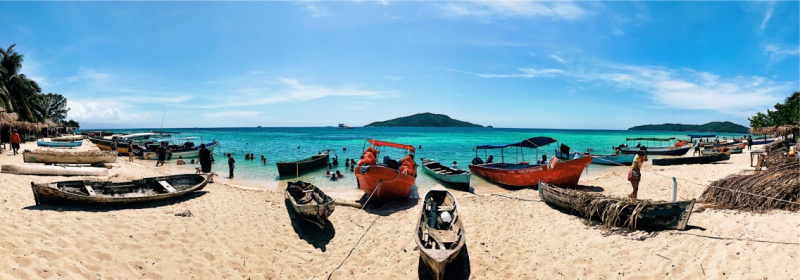
Cayos Cochinos (photo: https://vsco.co/) -
Lancetilla Botanical Gardens, located around five kilometers from Tela, are the world's second-largest tropical botanical gardens.
The gardens were founded in 1926 by the United Fruit Company as an experimental site to examine the economic feasibility of various fruit and timber species. The spectacular groves of trees from Central America and other tropical places are now part of a protected wildlife corridor that runs along the country's north coast.
Because of the abundance of fruit trees, more than 200 tropical bird species have made Lancetilla Botanical Gardens their home. Birders will be rewarded with numerous sightings as they walk along the well-marked trails among the abundant plantings of palms, orchids, and mango trees, among others. One particularly lovely path runs through a tunnel of bamboo trees to a swimming hole in the Lancetilla River, a welcome respite after a long, hot walk.
This is a spot where a guided tour is highly recommended so that you can discover interesting things about all of the different trees and plants in the gardens.
Location: Tela, Honduras
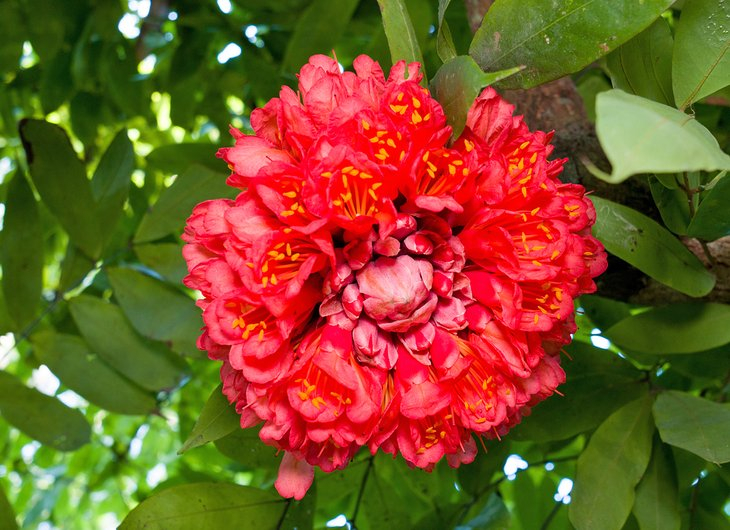
Lancetilla Botanical Gardens (photo: https://www.planetware.com/) 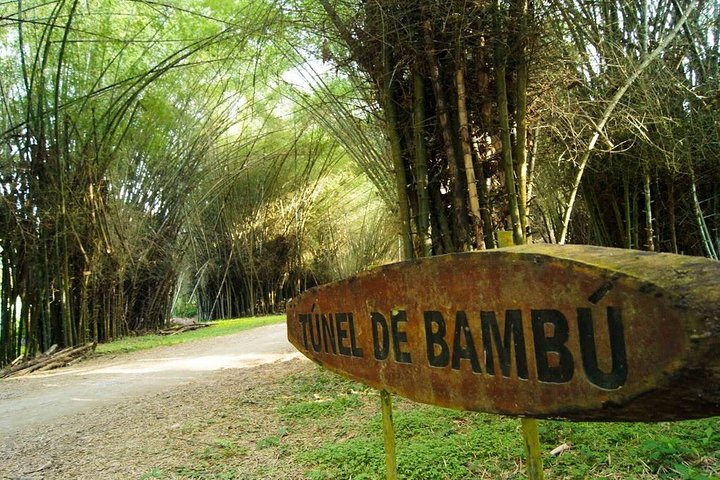
Lancetilla Botanical Gardens (photo: https://goadventure.com/)












